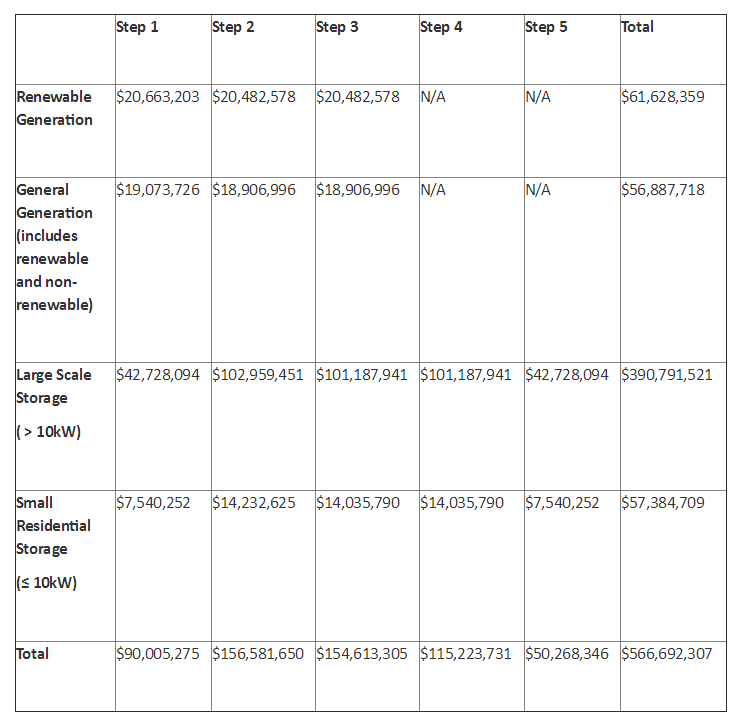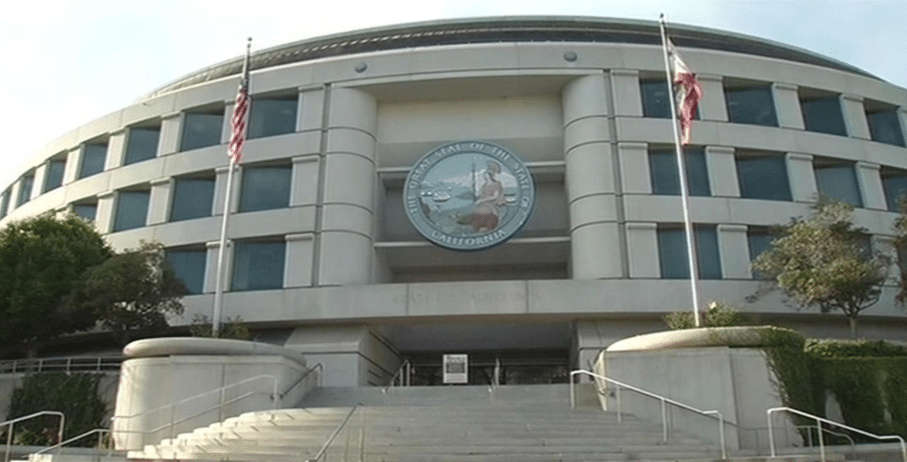If you’re a Californian looking for help to install an energy-storage solution on your solar+storage system (along with other energy projects), today is your lucky day.
The California Public Utilities Commission (PUC) has opened the application process for its Self-Generation Incentive Program (SGIP) for solar+storage projects that include an energy storage component. SGIP is designed to provide citizens with incentives to support existing, new and emerging DERs by providing rebates for behind-the-meter solar+storage installations.
Interested parties can apply at the SGIP home page.
The California Solar Energy Industries Association (CALSEIA) conservatively estimates that today’s first round will support 340 commercial solar + storage systems and 1400 residential, would would more than double the market.
Of the SGIP budget of $566,692,308 through 2019, 79% of the money will go to energy storage projects, while the other 21% will go to traditional generation projects. Additionally, 13% of the energy-storage-project money will focus on residential projects less than or equal to 10 kW in size, while 52% of the generation reservation will be reserved for renewable generation projects. The table below summarizes the SGIP budget by step and technology category.

The size of the rebate depends on the size of the project and the other incentives of which they take advantage. Starting today, energy storage systems larger than 10kW that do not take the investment tax credit (ITC), and residential systems of less than 10 kW, will be reimbursed at a rebate rate of 50 cents per watt-hour. Projects larger than 10kW that take the ITC will be reimbursed at a rebate rate of 36 cents per watt-hour.
The PUC expects the money funding those levels of projects to be gone shortly after the portal opens today. Once those sell out, there will be a 20-day rest period, at which point the application will reopen with lower incentive levels (10 cents per watt-hour lower). If the decreased incentive level sells out and reaches budgeted funding limit within 10 days, the incentive level will decrease by another 10 cents per watt-hour.
“Step 1 will be subscribed in a single day,” said Brad Heavner, policy director, CALSEIA. “We could definitely be at step 4 this year.”
This content is protected by copyright and may not be reused. If you want to cooperate with us and would like to reuse some of our content, please contact: editors@pv-magazine.com.








By submitting this form you agree to pv magazine using your data for the purposes of publishing your comment.
Your personal data will only be disclosed or otherwise transmitted to third parties for the purposes of spam filtering or if this is necessary for technical maintenance of the website. Any other transfer to third parties will not take place unless this is justified on the basis of applicable data protection regulations or if pv magazine is legally obliged to do so.
You may revoke this consent at any time with effect for the future, in which case your personal data will be deleted immediately. Otherwise, your data will be deleted if pv magazine has processed your request or the purpose of data storage is fulfilled.
Further information on data privacy can be found in our Data Protection Policy.